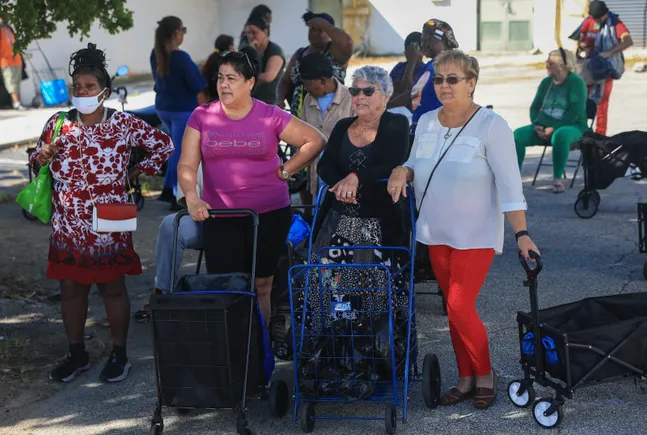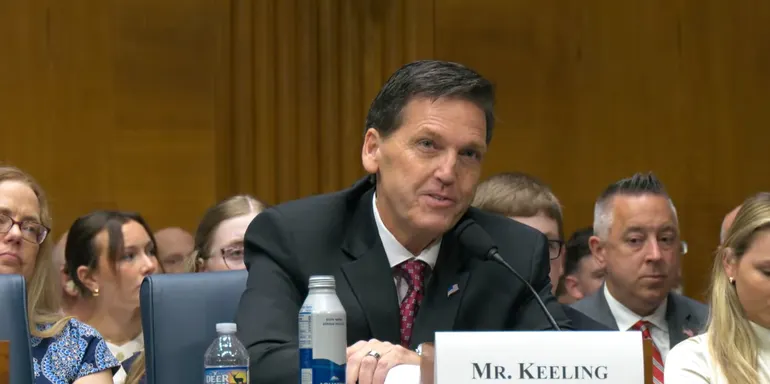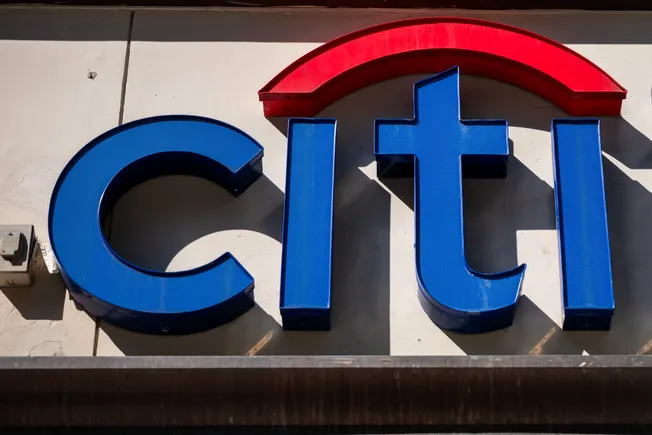This week, news broke that telecom giant Verizon plans to eliminate about 15,000 positions, mostly through layoffs, and as soon as next week—just one month after the appointment of a new CEO. The Verizon layoffs mark the company’s largest-ever headcount reduction, affecting about 15% of its workforce.
The move comes as a handful of other big-name orgs like Condé Nast and Amazon announced their own layoffs in the last few weeks. Those headlines and the latest about the Verizon layoffs likely have employees, even at smaller organizations, squirming—and it may already be affecting productivity.
“When uncertainty grows, trust and discretionary effort dip,” says Annie Rosencrans, people and culture director at HRM platform HiBob.
While the Verizon layoffs, affecting thousands of workers at once, capture the headlines, employees may be even more spooked by growing anecdotes of smaller-scale reductions. According to Glassdoor, the most common type of layoff now affects 50 or fewer employees—spiking from 38% of the total share of layoffs to 51% over the last decade.
These smaller, “rolling layoffs,” researchers say, allow organizations to slash headcount while largely avoiding the headlines and subsequent impact on engagement and employer brand. But on the other hand, they contribute to cultures of “anxiety, insecurity and resentment.”
As employees continue to hear about layoffs large and small, they are becoming more fearful or their own role and questioning their organizations’ plans. Glassdoor data found that mentions of layoffs and job insecurity in company reviews on the site are now even higher than they were at their peak: March 2020, the start of the pandemic.
“Layoffs are on reviewers’ minds, and they are feeling less secure in their jobs,” researchers say.
Rosencrans says HR leaders should look out for some red flags that their employees are worried: lower engagement in meetings, fewer questions in all-hands or a rise in online chatter about job security, for instance.
“You’ll often see subtle shifts,” Rosencrans says. “Some employees might start quietly updating their LinkedIn profiles or hesitating to take perceived risks at work, like raising their hand for challenging projects.”
Quelling fears—without overpromising
Persistent economic uncertainty—and the evolving influence of AI on efficiency—means the pace of layoffs likely won’t be slowing any time soon.
HR needs to adjust to this dynamic environment, says Rosencrans, with a focus on transparency and communication.

Transparency, she cautions, doesn’t mean “sharing every detail”—but rather, sharing with employees what you know, and when you know it, “with empathy.”
“HR can coach leaders to acknowledge uncertainty honestly while reinforcing what’s stable: the company’s direction, the values guiding any decisions and the support employees can expect,” she says.
Focus on clarity—not promises and guarantees. Trust employees, she adds. They can handle tough news and challenging conversations more easily than silence.
Communication should be multi-modal, Rosencrans adds. Use live conversations and written communication, alongside company-wide town halls—where leaders can demonstrate empathy and reinforce credibility—and small-team settings that empower employees to process emotional situations.
“Above all,” she says, “make managers the primary communicators. People trust their direct leaders most.”





















